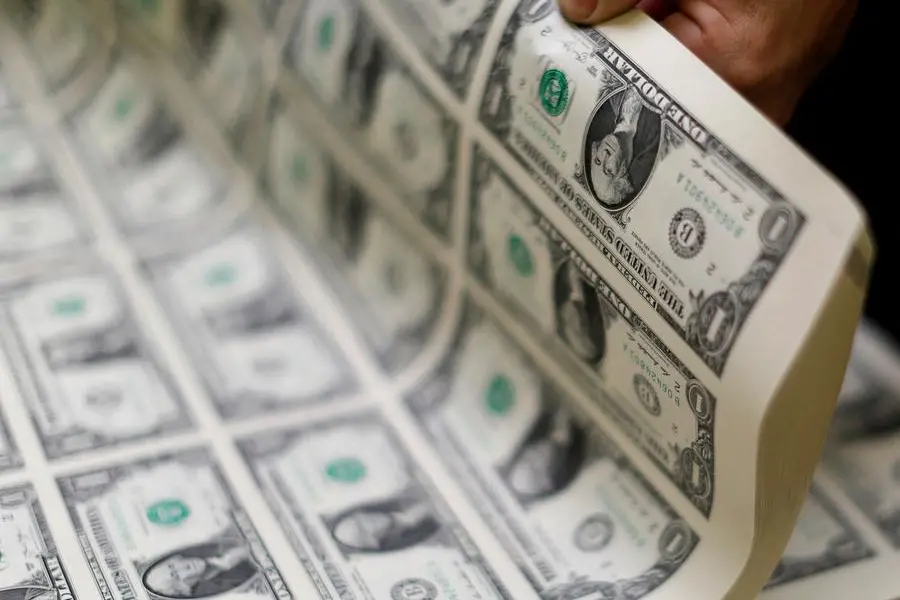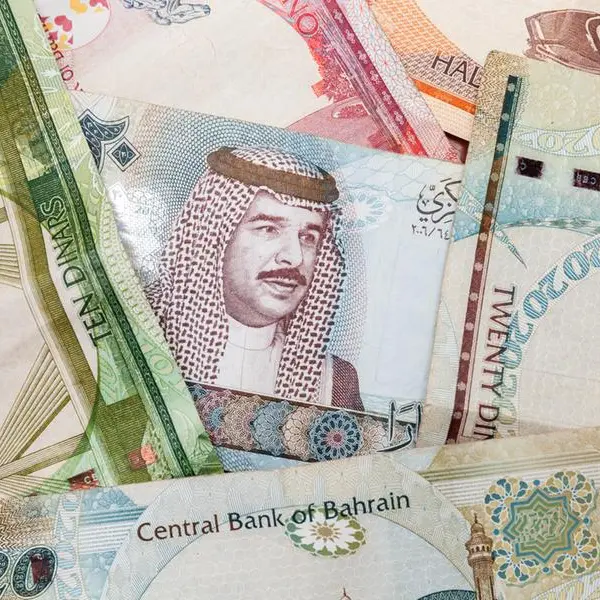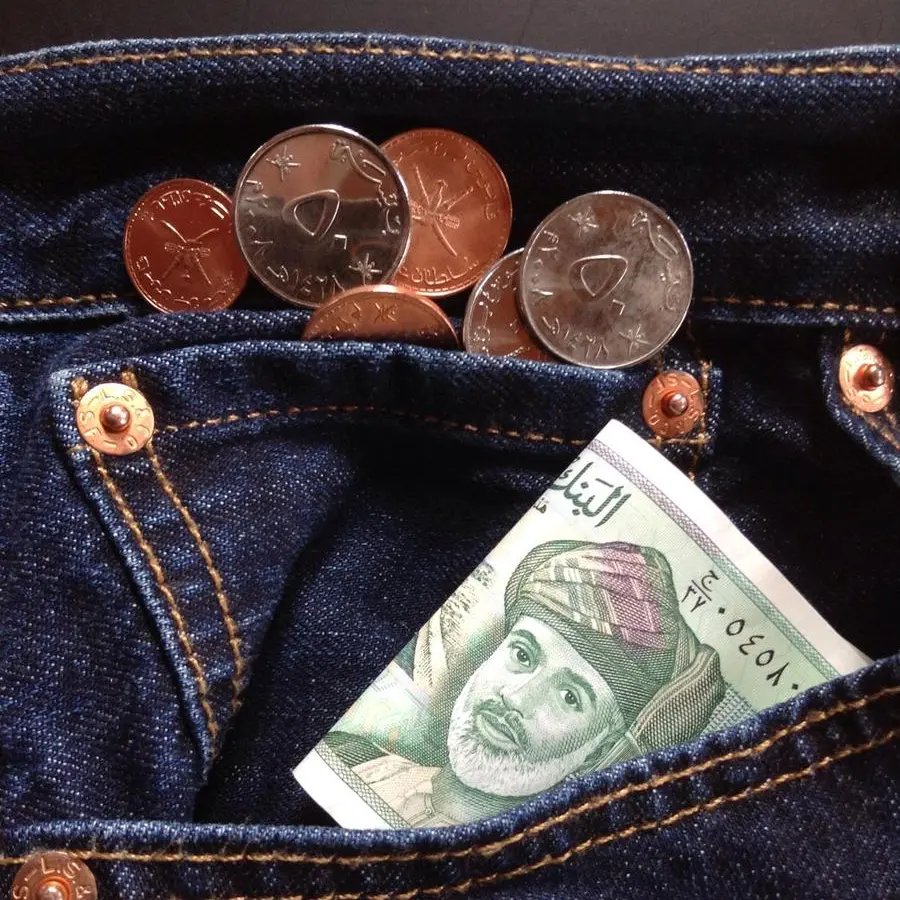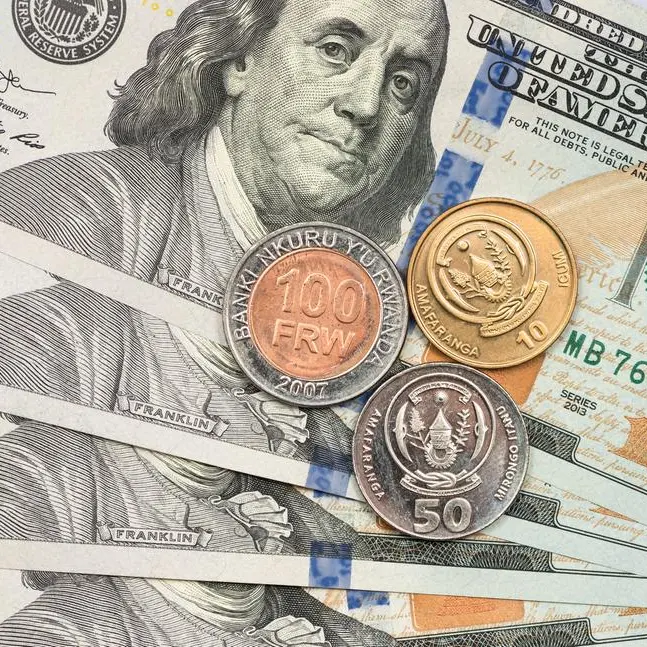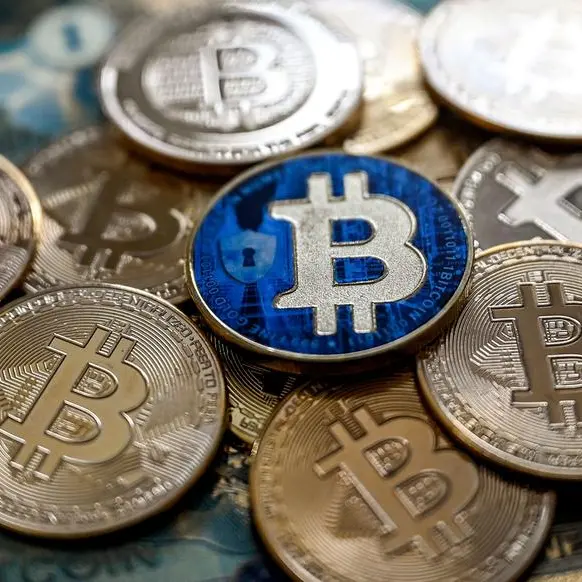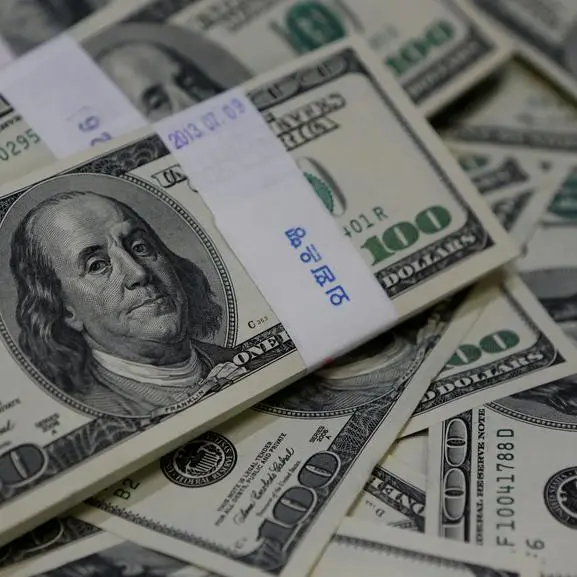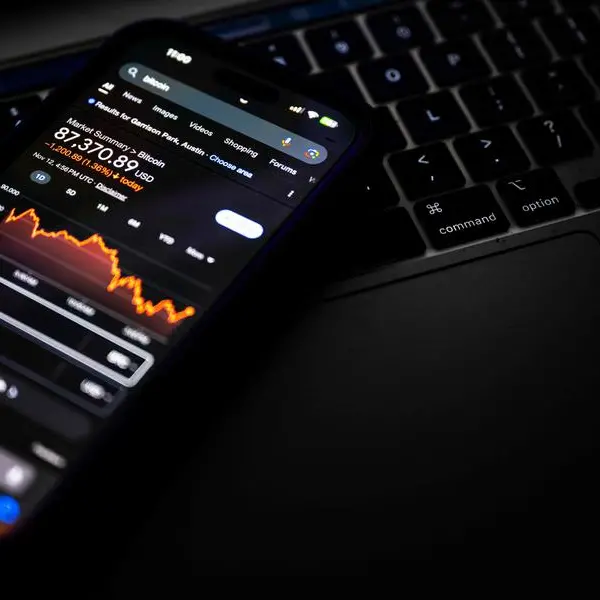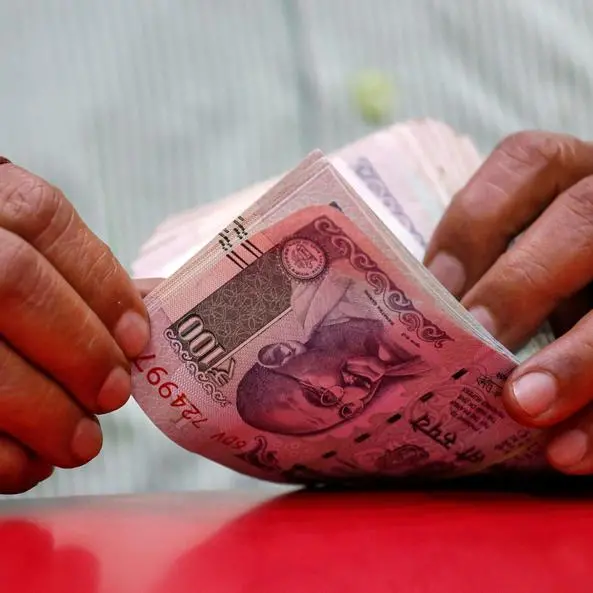PHOTO
LONDON - The dollar rose in jittery trading on Friday, as a worldwide cyber outage that hit banks, airlines and broadcasters unsettled investors, although volatility in the currency market remained contained.
Risk appetite has recoiled this week, punishing technology stocks in particular, while expectations for a rate cut as early as September from the Federal Reserve have taken a chunk out of the dollar, especially against low-interest rate currencies such as the yen and the Swiss franc.
The huge gap between U.S. rates and those in Japan and even in Switzerland has created an opportunity for investors to sell those currencies to fund purchases of assets with higher returns such as the dollar, or super-charged tech stocks or cryptocurrencies.
The yen has also gained after suspected official buying last week from Japanese authorities, and wariness of more of the same was in the mix on Friday.
"There is a bit of a carry unwind going on and the Swissie has traded notably firmer this week as well," Pepperstone senior analyst Michael Brown said.
"The carry unwind is perhaps part of a broader momentum unwind that we're seeing - the tech sector has taken a bit of a battering in four out of the last five days as well," he said.
The yen, which is set for a gain of 0.1% this week, was a touch weaker at 157.485 per dollar, after data showed inflation in Japan picked up for a second month.
The yen has fallen more than 10% against the dollar this year, mostly down to the wide difference in interest rates between the U.S. and Japan, and hit 38-year lows at the beginning of the month, triggering action from Tokyo.
"While suspected interventions do not seem to stabilise the yen, we believe monetary policy might," said Krishna Bhimavarapu, APAC economist at State Street Global Advisors.
"The time is coming for decisive action from the BOJ, and today's higher inflation has only made it more plausible."
The pound, which this week hit a one-year high above $1.30, fell 0.2% on the day to $1.2922, after data showed UK retail sales fell more than expected in June, when cold, wet weather deterred shoppers from hitting the high street.
The most recent run of data has painted a mixed picture of the British economy and complicated the chances of the Bank of England delivering a rate cut when it meets on Aug. 1.
The dollar index, which measures the U.S. currency against six others, rose 0.17% to 104.33, above Wednesday's four-month low of 103.64. The index is set for a 0.2% gain for the week after two weeks of losses.
The Swiss franc weakened by 0.12% to trade at 0.8895 francs, but was still set for a weekly gain of more than 0.5%.
The Fed is scheduled to meet at the end of July, when markets anticipate a very low chance of the central bank cutting rates. Traders are pricing in 62 basis points of easing this year.
Markets have reacted to the prospect of a Trump presidency by pushing the dollar higher and positioning for a steeper Treasury yield curve.
Meanwhile, the euro eased 0.1% on the day to $1.0883, after a 0.4% drop in the previous session as the European Central Bank kept rates steady and gave no insight into its next move.
($1 = 157.3200 yen)
(Reporting by Ankur Banerjee in Singapore; Editing by Jacqueline Wong, Arun Koyyur and David Evans)
